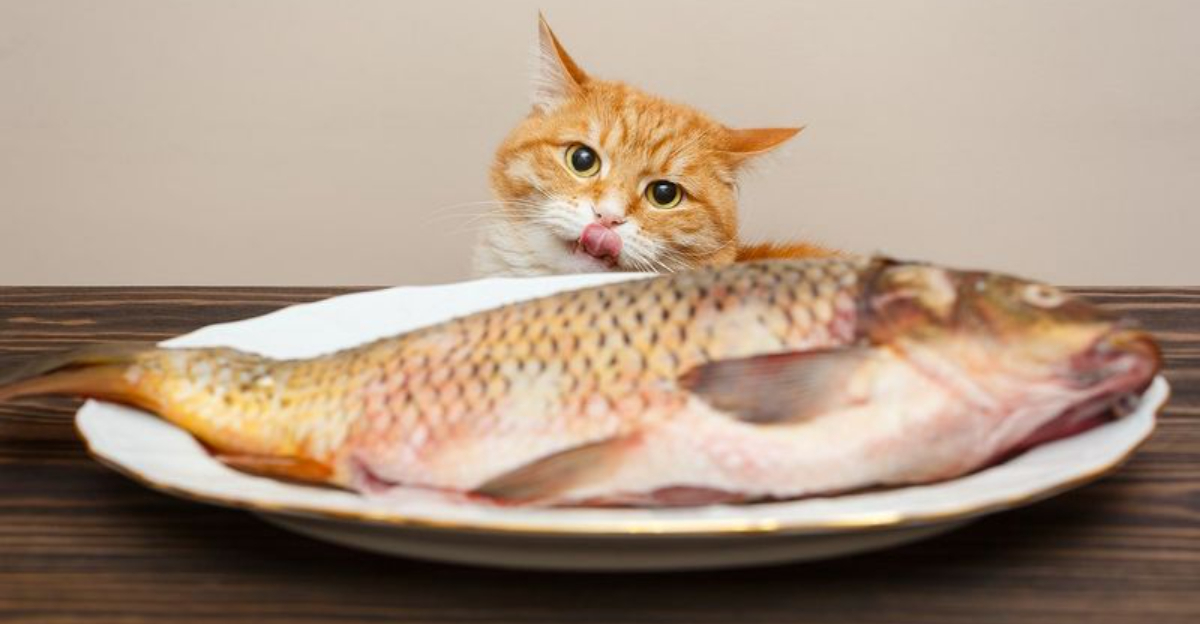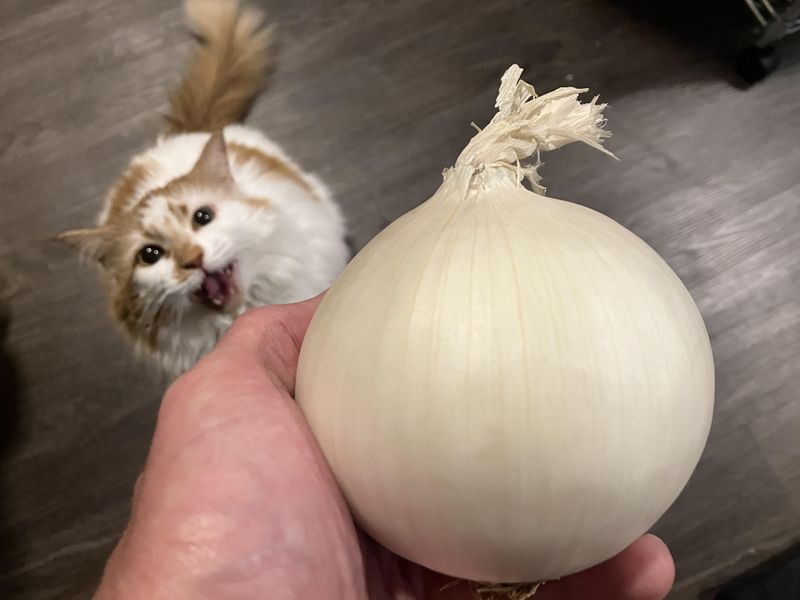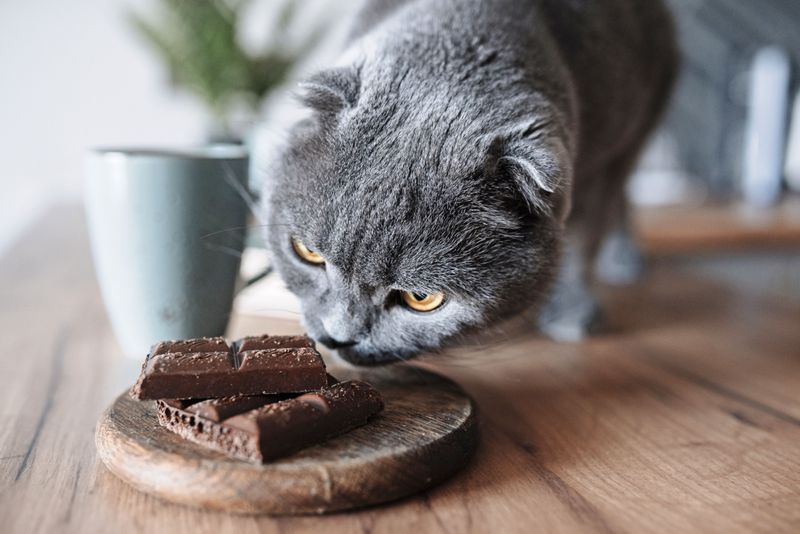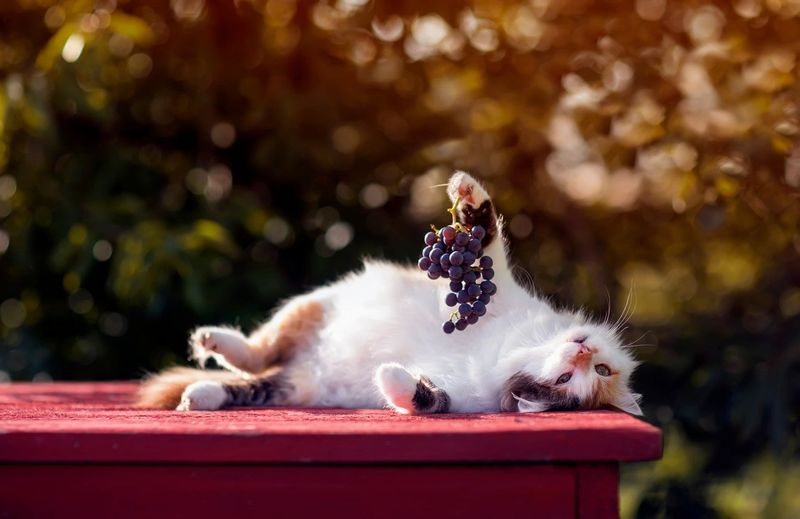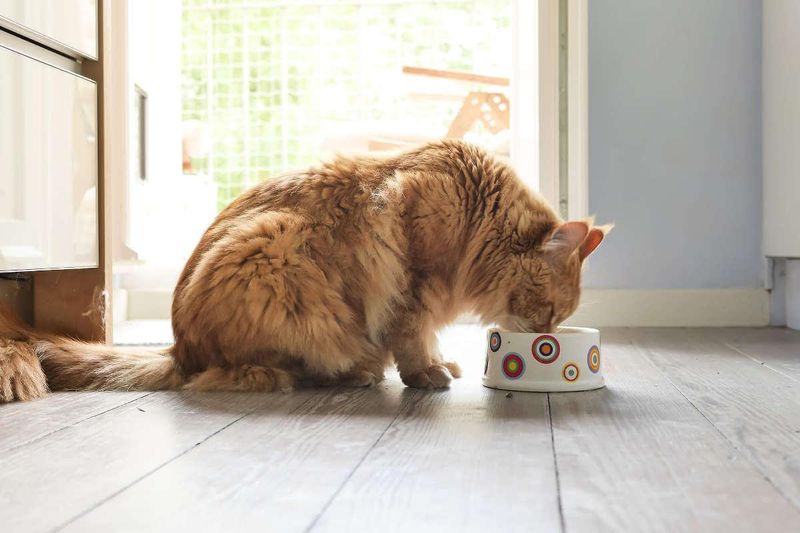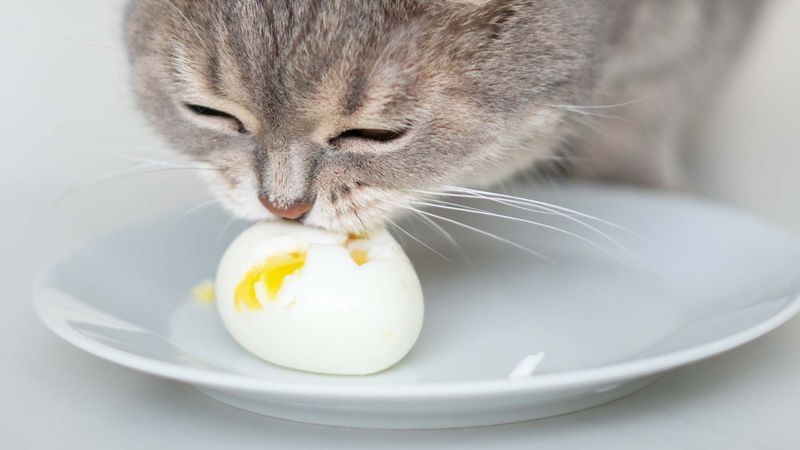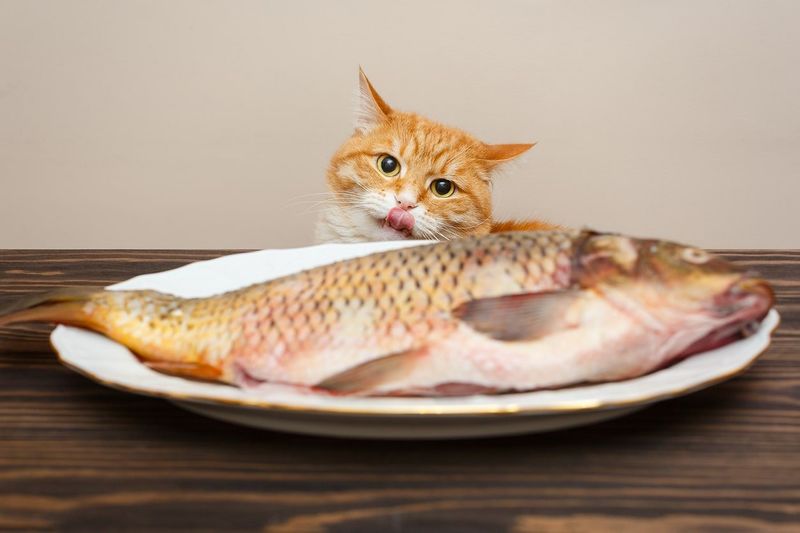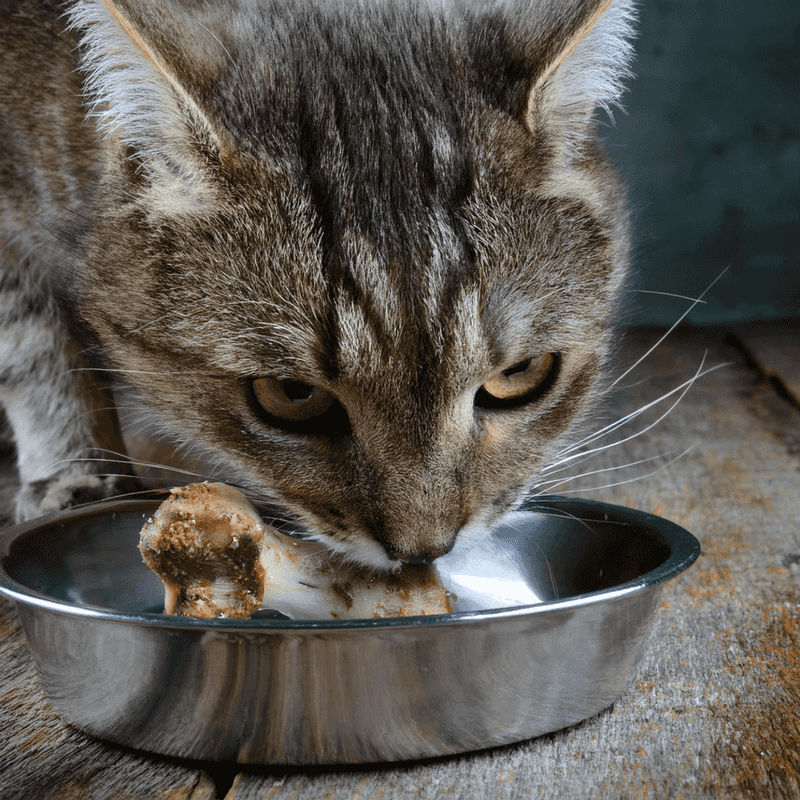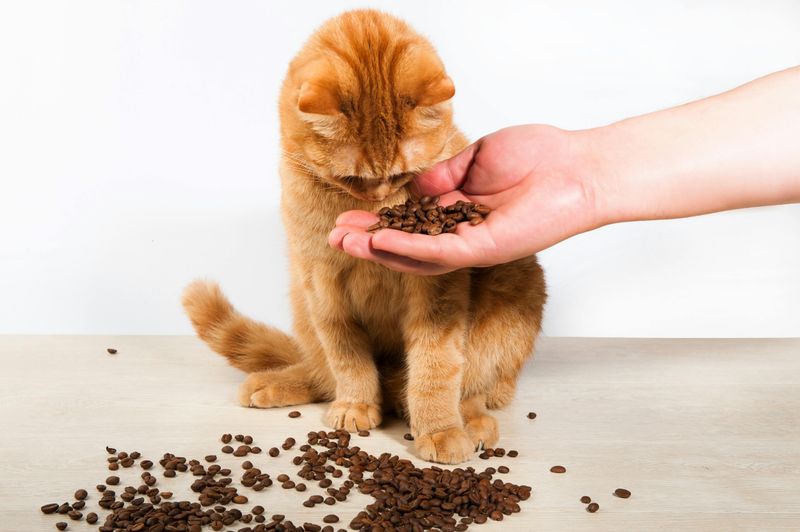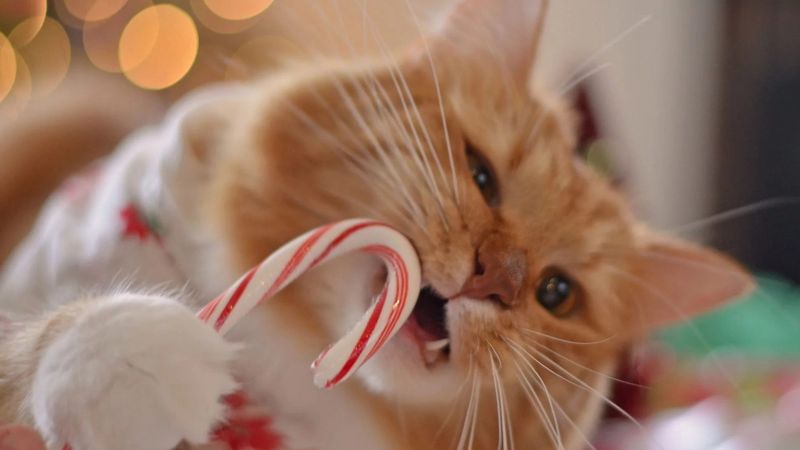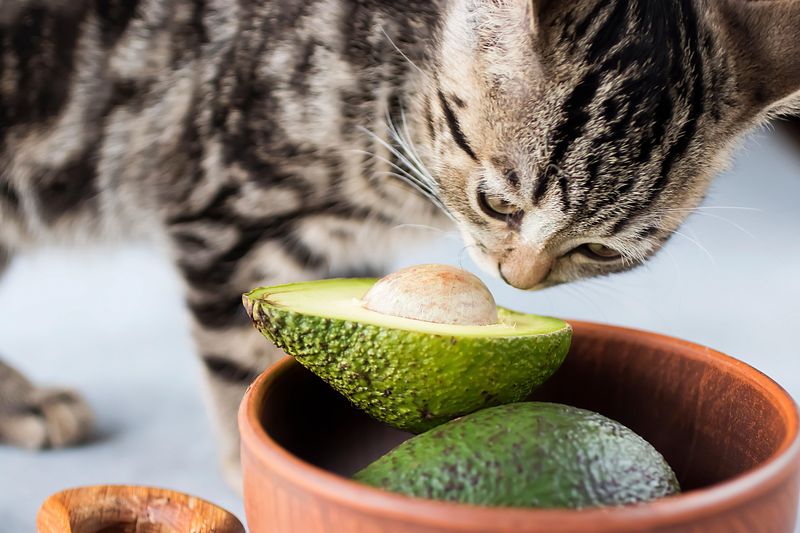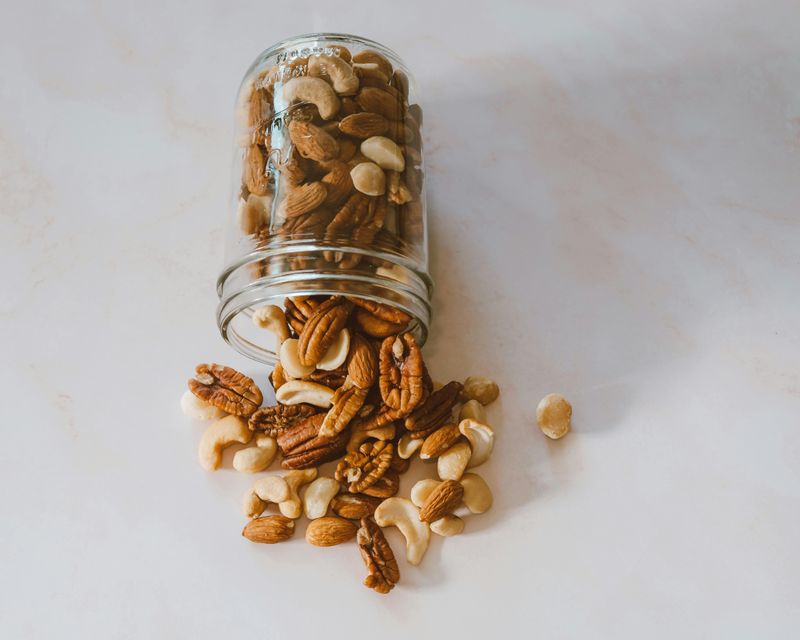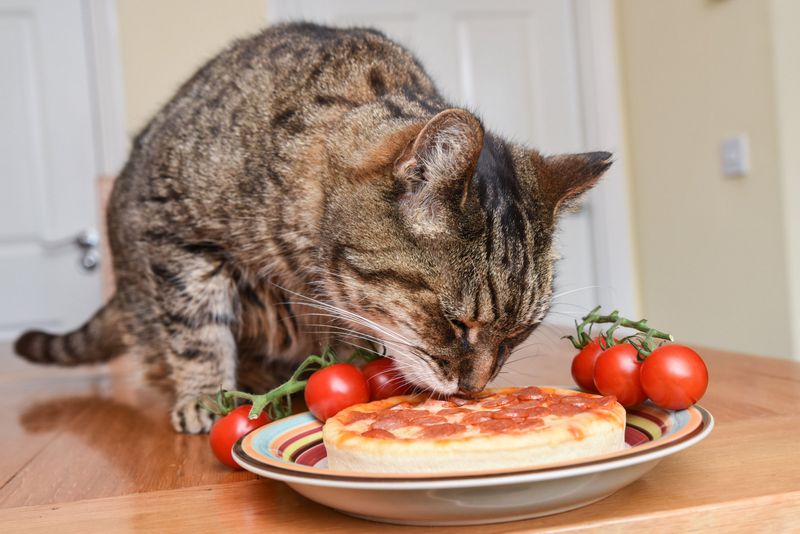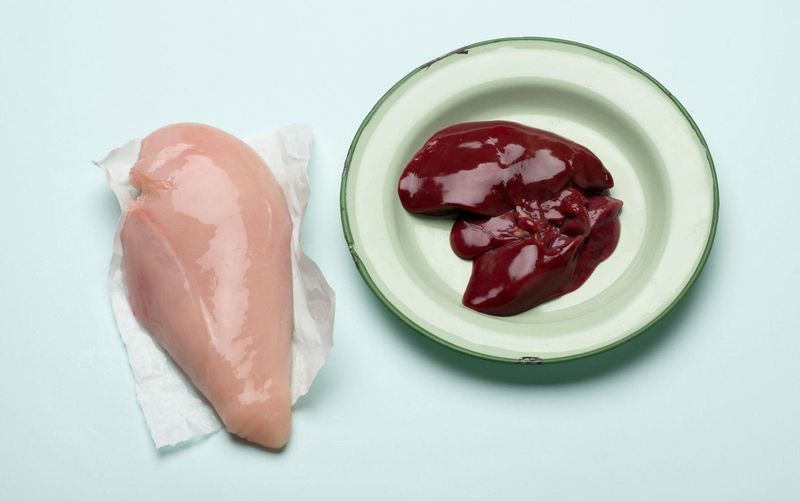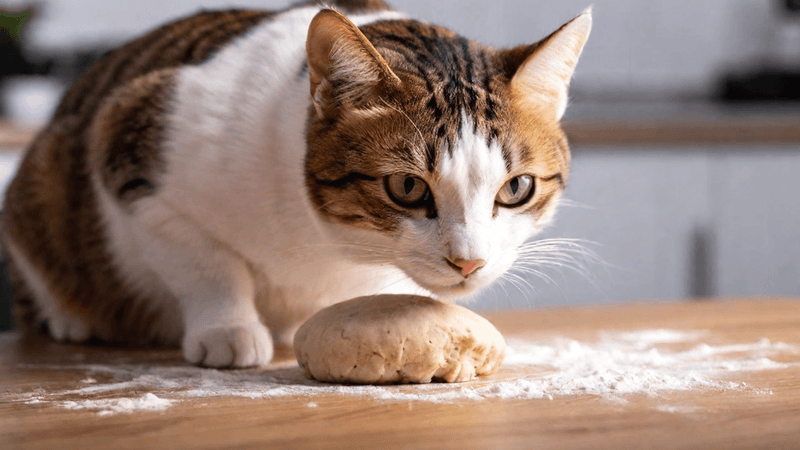📖 Table of Content:
Cats are naturally curious creatures, often drawn to the enticing aromas of human food. However, their digestive systems are vastly different from ours, making certain foods not only unsuitable but potentially toxic. What may seem harmless to us can lead to severe health issues in cats, including poisoning, organ failure, or fatal complications. Understanding these risks is essential for keeping your feline friend safe and healthy.
Some foods can cause mild digestive distress, while others can lead to life-threatening conditions. Ingredients like onions, chocolate, and caffeine can severely impact a cat’s internal organs, while dairy products and raw foods may result in stomach upset or bacterial infections. Even seemingly innocent treats like grapes or nuts can trigger toxic reactions, putting your cat’s well-being at serious risk. By recognizing these dangers, cat owners can make more informed choices about their pet’s diet.
As responsible caregivers, it’s crucial to keep these harmful foods out of reach and stick to a diet specifically designed for feline health. If a cat accidentally ingests a toxic substance, immediate veterinary attention can make all the difference. Being proactive in food safety can prevent unnecessary suffering and ensure a long, happy life for your furry companion. Awareness and precaution are key in protecting your cat from hidden dietary dangers.
1. Onions & Garlic
Whether raw, cooked, or powdered, onions and garlic contain compounds that can be toxic to cats. These substances can damage feline red blood cells, leading to severe anemia. It’s essential to keep these pungent vegetables far from your cat’s reach. If ingested, symptoms such as lethargy, weakness, vomiting, and pale gums may occur. Cats showing these signs require immediate veterinary attention to manage potential anemia and prevent further health complications. Caution is advised even with foods that have trace amounts of onion or garlic as ingredients.
2. Chocolate
Chocolate is a well-known hazard for pets, containing theobromine and caffeine, both of which are toxic to cats. Even small amounts can lead to serious health issues. Symptoms of chocolate ingestion include increased heart rate, tremors, seizures, and vomiting. Dark chocolate and baker’s chocolate are especially dangerous due to their higher concentrations of these harmful compounds. If a cat consumes chocolate, it’s critical to seek veterinary help immediately. Preventing access to any form of chocolate, including cocoa powder and chocolate-containing products, is essential to keeping your cat safe.
3. Grapes & Raisins
While healthy for humans, grapes and raisins can cause acute kidney failure in cats. Even a small quantity can be harmful, leading to potentially life-threatening conditions. Symptoms typically include vomiting, diarrhea, lethargy, and reduced appetite. Immediate veterinary consultation is necessary if ingestion occurs. The exact toxic component in grapes and raisins is unknown, which makes them particularly dangerous. Pet owners should ensure that these fruits are kept out of paw’s reach and avoid offering any foods containing grape-derived ingredients to their feline companions.
4. Dairy Products
Most cats are lactose intolerant, meaning their bodies can’t process lactose found in dairy products like milk, cheese, and ice cream. This intolerance can lead to digestive distress. Symptoms of dairy ingestion include diarrhea, bloating, and stomach pain. It’s a common misconception that all cats can enjoy a bowl of milk. Instead, offering water or specially formulated cat milk is a safer alternative. Monitoring your cat’s diet to avoid accidental dairy consumption can prevent unnecessary discomfort and potential health issues.
5. Raw Eggs
Feeding raw eggs to cats can be risky due to the potential presence of Salmonella and other bacteria. Raw egg whites contain avidin, which can deplete biotin levels leading to skin issues and a poor coat. Symptoms of raw egg consumption might include vomiting and diarrhea. Additionally, it compromises overall health by affecting nutrient absorption. To ensure safety, eggs should be cooked thoroughly before being offered to cats. It’s crucial to maintain good hygiene practices when handling raw eggs to prevent cross-contamination that could affect both pets and humans.
6. Raw Fish
Raw fish, despite being a favored treat, contains thiaminase, an enzyme that can destroy vitamin B1 (thiamine) in cats. This deficiency may lead to neurological issues, resulting in symptoms like seizures, loss of coordination, and general weakness. Cooking fish destroys thiaminase, making it safe for consumption by cats. Therefore, it’s important to avoid offering raw fish as part of their diet. Regular consumption of cooked fish, balanced with other nutrients, can be a delightful and healthy treat for your feline friend without the associated risks.
7. Bones
Bones, whether cooked or raw, pose significant risks to cats. They can easily splinter, causing choking or serious internal injuries such as intestinal blockages or perforations. When a cat chews on bones, the sharp fragments can lead to digestive tract damage, resulting in symptoms like choking, bloody stool, and severe discomfort. It’s crucial to ensure that all bones are kept out of a cat’s reach. Providing safe chew toys or specially designed cat treats helps fulfill their need to chew without the dangers posed by real bones.
8. Alcohol
Even a small amount of alcohol can be extremely harmful to cats, causing ethanol poisoning. Symptoms include disorientation, tremors, breathing difficulties, and in severe cases, coma or death. Cats are significantly more sensitive to alcohol than humans, and ingestion can escalate very quickly into a life-threatening situation. If a cat ingests any form of alcohol, it’s critical to seek veterinary assistance immediately. Keeping all alcoholic drinks out of reach and cleaning up spills promptly can prevent accidental ingestion and ensure your cat’s safety.
9. Caffeine
Found in coffee, tea, energy drinks, and certain medications, caffeine affects the heart and nervous system in cats, leading to potentially life-threatening complications. Symptoms of caffeine ingestion include rapid heartbeat, restlessness, and tremors. Cats are more sensitive to caffeine than humans, making even small amounts highly dangerous. It’s vital to prevent cats from accessing caffeinated beverages and products. If ingestion occurs, prompt veterinary care is necessary. Providing alternative, safe toys or catnip can satisfy your cat’s curiosity without exposing them to harmful substances like caffeine.
10. Artificial Sweeteners
Artificial sweeteners, particularly xylitol, are extremely toxic to cats. Xylitol triggers a dangerous insulin spike, leading to hypoglycemia and potentially causing liver failure. Symptoms include seizures, vomiting, and loss of coordination. It’s crucial to ensure that cats do not have access to products containing xylitol, such as certain gums, candies, and baked goods. In case of accidental ingestion, immediate veterinary intervention is essential to prevent severe health consequences. Being vigilant about ingredient labels and keeping sweetened products out of reach will help protect your feline friend.
11. Avocado
Avocados contain persin, which can cause digestive distress in cats, including vomiting and diarrhea. While the fleshy part is less toxic, the pit and skin pose additional hazards. Ingestion of these parts can lead to breathing difficulties and other severe symptoms. It’s best to keep avocados out of a cat’s diet entirely. Being mindful of where avocados and avocado-containing products are stored can prevent accidental exposure. If you suspect your cat has ingested any part of an avocado, consult your veterinarian to ensure their safety and well-being.
12. Nuts
While some nuts are generally safe for humans, they can be harmful to cats. Macadamia nuts, in particular, are especially toxic and can lead to weakness, vomiting, and tremors. Nuts are also high in fats, which can cause pancreatitis in cats. Symptoms of nut ingestion may include digestive upset and lethargy. To prevent health issues, it’s wise to avoid feeding nuts to cats altogether. Instead, provide nutritionally balanced cat treats that cater specifically to feline dietary needs. Regular health check-ups can help catch any potential issues early on.
13. Tomatoes & Raw Potatoes
Tomatoes and raw potatoes contain solanine, a toxin that can affect a cat’s nervous system. Ingesting these plants may result in symptoms such as drooling, stomach pain, and confusion. Though ripe tomatoes are less toxic, the green parts, including stems and leaves, are particularly dangerous. It’s advisable to keep these vegetables out of reach and monitor cats around gardens. If a cat shows symptoms of solanine poisoning, immediate veterinary care is needed. Offering cat-safe greens or plants can satisfy their curiosity without the associated risks of toxic vegetables.
14. Liver
While liver can be nutritious in small amounts, excessive consumption can lead to vitamin A toxicity in cats. This condition can cause bone deformities, joint pain, and weight loss. Cats require a balanced diet, and too much liver disrupts this balance by providing excessive vitamins. Symptoms of toxicity need to be addressed by a vet who can manage and adjust the cat’s diet appropriately. Limiting liver intake and ensuring a varied diet helps maintain optimal health. Regular veterinary check-ups are essential in monitoring and maintaining dietary balance.
15. Yeast Dough
Yeast dough poses a unique risk as it can expand in a cat’s stomach, causing painful bloating and potentially life-threatening rupture. The fermentation process also produces alcohol, which is toxic to cats. Symptoms of ingestion include abdominal swelling, vomiting, and difficulty breathing. If a cat consumes yeast dough, it’s an emergency requiring immediate veterinary attention. Preventing access to raw dough and supervising baking activities can help avoid accidental ingestion. Offering safe and appropriate treats will ensure your cat’s dietary needs are met without risk.
